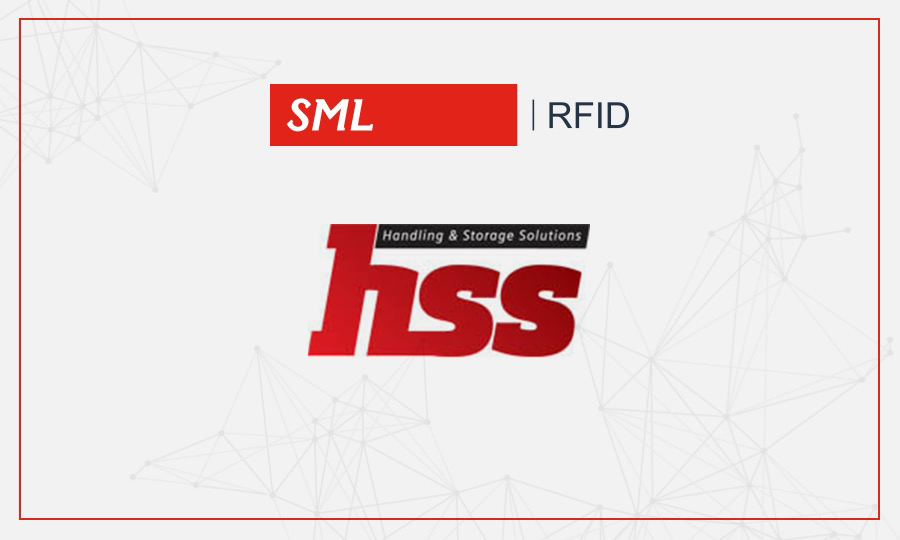Optimizing Restaurant Food Stock Through Supply Chain Efficiency
Originally published on QSR Magazine
The environmental and financial implications of wasted food stock have a significant impact on business operations.
Current economic challenges have created fresh challenges for a range of industries. This is especially true for the food sector, with food-price inflation impacting the bottom line of grocers and quick service-restaurant businesses. To further add to this challenge, Aspion finds that an average of 7 percent of all food inventory is being wasted, largely due to products not being stored properly, spending too long on shelves, or being damaged in transit. At such a critical time, these businesses need to find methods to improve profit margins, minimize costs and drive efficiency. One way they can achieve this is by reducing food waste, particularly through a First-In-First-Out (FIFO) approach.
The environmental and financial implications of food stock wasted throughout supply chains have a significant impact on all business operations. A staggering 1.3 billion tonnes of food is lost or wasted annually. In order to minimize this level of waste, grocers and quick-service restaurants need to improve operational efficiency. This will help to combat changing demands and ultimately accelerate business success in the current economic landscape.
Embracing case and pallet level advancements throughout the supply chain can help them to achieve operational efficiency, minimizing the risk of waste, offering immediate stock visibility and ensuring a satisfactory quality of produce for the consumer.
Embracing Technology
Real-time visibility of the food supply chain is becoming more necessary than ever to meet regulations and ensure high quality of product. It also enables businesses to reduce unnecessary food waste and streamline the journey from farm to fork. By gaining real-time insights into their inventory, grocers and quick-service restaurants can optimize their procurement strategies, ensuring they only buy exactly what they need, significantly reducing waste while optimizing storage and transport costs.
RFID technology can help grocers achieve real-time supply chain visibility with 93-99 percent accuracy, creating a more streamlined process and improving operational efficiency.
By utilizing RFID tagged products at the pallet level, grocers and quick-service restaurants can produce a digital trail that allows them to monitor stock levels. RFID technology offers quick-service restaurants and grocers, and their customers, key information on products, including where they are sourced, and the specific journey they have been on. This transparency helps quick-service restaurants and grocers to guarantee products are sourced sustainably to meet consumer demand and remain compliant with regulations.
RFID can also reduce labor challenges throughout the supply chain, reducing time spent counting and locating stock to optimize business efficiency. With instant access to data such as product identifiers, quantities and expiration dates, warehouse staff can streamline the distribution process to operate at peak performance.
Optimizing Stock
Currently, more than 30 percent of all food produced is not eaten. It is wasted or lost in production. For grocers and quick-service restaurants, this translates to nearly one third of revenues being lost to shrink or waste. In the current economic climate, this statistic will undoubtedly cause significant concern for businesses. However, it also presents an opportunity to improve revenue streams if organizations can retain that 30 percent.
The short-term shelf life of several food items when left unmonitored can lead to expiration and ultimately waste. By taking a First-Expired First-Out (FEFO) approach to product prioritization, grocers and quick-service restaurants can maximize the amount of produce sold at the best price, ensuring complete optimization of inventory and maximizing financial return.
With RFID technology deployed, quick-service restaurants and grocers can seamlessly create a FEFO strategy. Tracking items throughout the supply chain in real-time, with full visibility of product information, quick-service restaurants and grocers can ensure that items with the shortest expiry dates are pushed through the supply chain first. This is a seemingly simple strategy, but the technology plays a crucial role in creating the right foundations. Without complete visibility of stock, businesses cannot make accurate operational decisions that enhance their processes and maximize sales opportunities. RFID provides this visibility, and allows organizations to transform their operation from production to final sale. Deeper insights into stock levels across all locations can reduce unnecessary transport needs, enabling better, faster decision making around stock and cutting costs while optimizing business operations.
The Bottom Line
By streamlining their supply chains now, grocers and quick-service restaurants can position themselves ahead of the curve, complying with regulations before the deadlines and minimizing financial loss from food waste. Those who act now can ensure long-term success. RFID technology offers the solution to staying competitive, optimizing food stock through a complete supply chain transformation, ensuring compliance with regulations and maximizing food retailers’ success.
Dean Frew is President of RFID Solutions Division at SML Group.










